Best Laravel Tools to Buy in December 2025
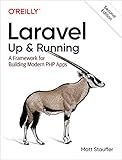
Laravel: Up & Running: A Framework for Building Modern PHP Apps


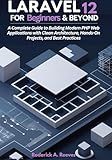
Laravel 12 for Beginners & Beyond: A Complete Guide to Building Modern PHP Web Applications with Clean Architecture, Hands-On Projects, and Best Practices


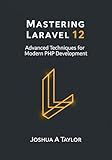
Mastering Laravel 12 : Advanced Techniques for Modern PHP Development


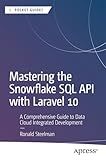
Mastering the Snowflake SQL API with Laravel 10: A Comprehensive Guide to Data Cloud Integrated Development (Apress Pocket Guides)



Architecture of complex web applications. Second Edition.: With examples in Laravel(PHP)



Laravel 7.X : LEARN BASIC LESSONS & BUILD A CRUD APP (PHP Framework)



The Laravel Survival Guide: Written & Updated for Laravel 5.3


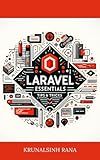
Laravel Essentials: Tips & Tricks for Developers: Master Laravel with Practical Tips for Every Developer


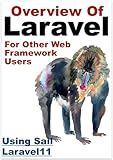
Overview Of Laravel PHP Framework: For Other Web Framework Users


Laravel Artisan is a command-line interface included with the Laravel PHP framework. It provides a range of helpful commands that can simplify various development tasks. To use Laravel Artisan, you need to interact with your command prompt or terminal.
One of the fundamental commands is php artisan list, which displays a list of all available Artisan commands. This command helps you navigate and get familiar with the available options.
To execute an Artisan command, you start by typing php artisan, followed by the desired command. For example, php artisan migrate is used to run database migrations, and php artisan make:model MyModel creates a new model file.
Artisan commands often require additional arguments or options to run correctly. Arguments provide necessary input, such as a file name or a table name, while options modify the command's behavior. For example, --force can be used to force a migration when there are potential data loss risks.
In addition to pre-defined Artisan commands, Laravel allows you to create custom commands. You can generate a new command using the php artisan make:command command. This allows you to add functionality specific to your application's needs.
Artisan commands can also be scheduled to run automatically using Laravel's built-in task scheduler. By defining scheduled commands in the App\Console\Kernel class, you can automate tasks like database backups, sending emails, or performing any other necessary recurring operations.
Overall, Laravel Artisan simplifies various development tasks by providing a powerful command-line interface. Its wide range of commands helps streamline common tasks and enable automation within your Laravel application.
How to clear cache using Laravel Artisan?
To clear cache using Laravel Artisan, you can use the following command:
php artisan cache:clear
This command will clear the application cache, including the cache files, sessions, and other cached data.
What is the command to run database seeders in Laravel Artisan?
The command to run database seeders in Laravel Artisan is:
php artisan db:seed
This command will execute the run() method of the seeders defined in the database/seeders directory, populating the database with sample or default data.
What is the purpose of the "tinker" command in Laravel Artisan?
The "tinker" command in Laravel Artisan is a REPL (Read-Eval-Print Loop) tool that allows developers to interactively work with their Laravel application. It provides a convenient way to test and experiment with code without having to create a full-fledged script or run tests.
The main purposes of using the "tinker" command are:
- Testing code snippets: Developers can test small code snippets or evaluate the behavior of certain methods or functions within their Laravel application.
- Debugging: The "tinker" command allows developers to debug their code by letting them examine variables, step through code execution, and inspect different states of their application.
- Interactive exploration: It provides an interactive shell for exploring the Laravel framework and its various components. Developers can also interact with the database directly and perform queries on the fly.
- Running Laravel commands: The "tinker" command can be used to execute other Laravel Artisan commands within the shell, making it convenient for quick tasks or simple operations.
Overall, the purpose of the "tinker" command is to enhance the development workflow by providing an interactive environment for testing, debugging, exploring, and running commands within a Laravel application.
What is the purpose of the "make:middleware" command in Laravel Artisan?
The "make:middleware" command in Laravel Artisan is used to generate a new middleware class.
A middleware in Laravel is a type of class that sits between the request and the response. It acts as a filter or a bridge, allowing you to perform certain actions before or after a request is handled. The purpose of a middleware is to modify the request or response, authenticate the user, handle sessions, perform logging, or any other operations that need to be done during the processing of a request.
The "make:middleware" command generates a new middleware class with a basic structure and places it in the "app/Http/Middleware" directory. This class can then be customized to add the desired functionality by implementing the "handle" method, which contains the logic that should be executed when the middleware is invoked.
Overall, the purpose of the "make:middleware" command is to provide a convenient way to generate and scaffold a new middleware class in Laravel.
What is the use of the "route:list" command in Laravel Artisan?
The "route:list" command in Laravel Artisan is used to display a list of all registered routes for the application. It provides information about the URI, HTTP method, route name, action, and middleware associated with each registered route. This command is helpful for developers to quickly view and analyze the available routes in their Laravel application.
